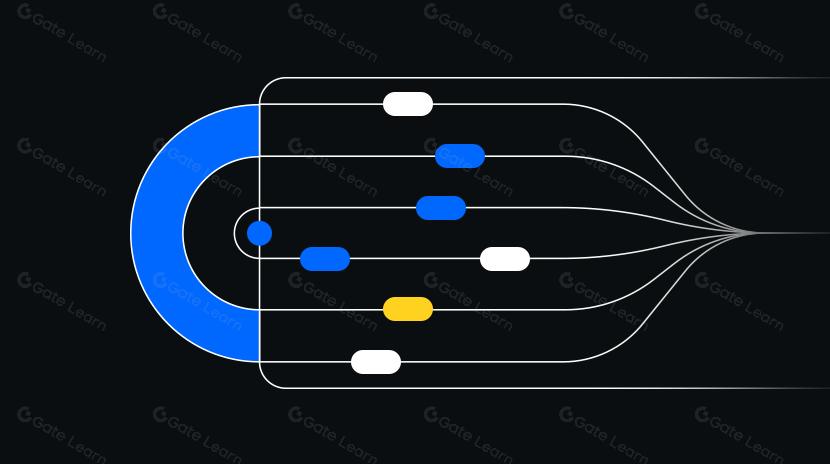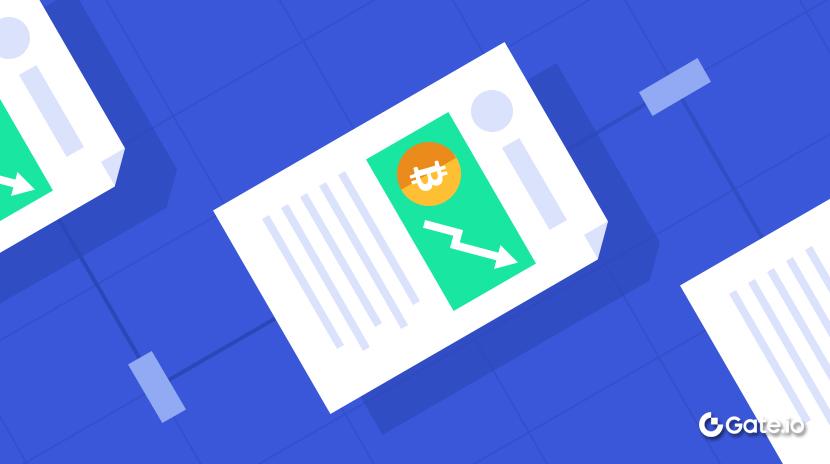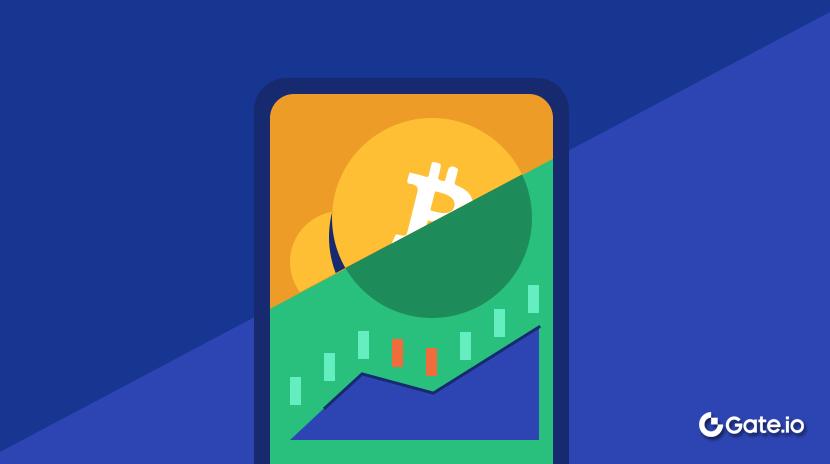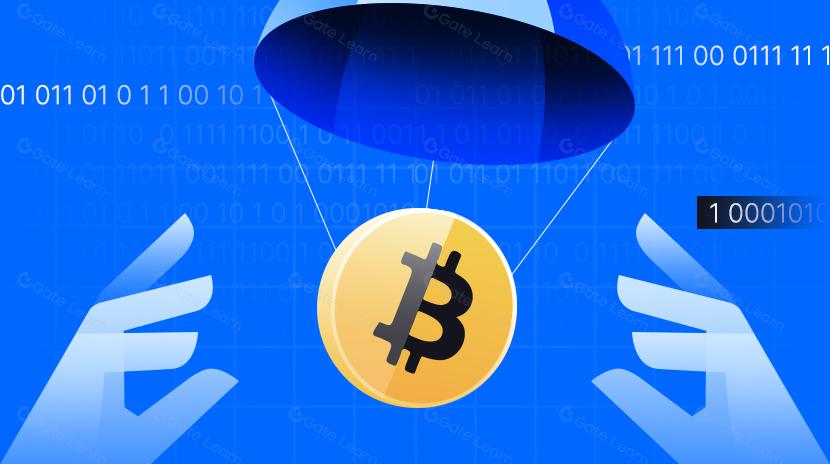Gate Research: Ethereum Remains Top Choice for Developers|Tokenized Gold Hits All-Time High Market Cap
Crypto Market Overview
- BTC (-1.87% | Current Price: 108,966 USDT): After a short-term correction, BTC stabilized around $108,000 and has slightly rebounded, though it remains under pressure below the MA30 level. The short-term moving averages have converged, indicating balanced market forces. While the MACD lines are narrowing from the lows, a clear bullish crossover has yet to form, and shrinking momentum bars suggest weakening downside pressure but an incomplete reversal. A breakout above $110,000 could open room for a rebound toward $112,500, while a drop below $108,000 may lead to another test of the $105,000–$104,000 range.
- ETH (+0.19% | Current Price: 3,935 USDT): After rebounding from the $3,900 low, ETH is consolidating near the MA5 and MA10 levels but remains below the MA30, maintaining a weak overall structure. The MACD lines are converging at the lows, and the expanding red histogram indicates improving short-term recovery momentum. If ETH breaks above the $3,950–$4,000 zone, it could extend gains toward $4,100; however, a drop below $3,880 could trigger a retest of the $3,800 support.
- Altcoins: The crypto market overall declined, with the Fear & Greed Index dropping to 22, signaling cautious investor sentiment. Capital remains on the sidelines, suggesting short-term volatility may persist while market activity slightly cools.
- Macro: On October 16, the S&P 500 fell 0.63% to 6,629.07, the Dow Jones dropped 0.65% to 45,952.24, and the Nasdaq declined 0.47% to 22,562.54. As of 02:15 AM (UTC) on October 17, spot gold traded at $4,332 per ounce, up 0.17% in the past 24 hours.
Trending Tokens
XPIN XPIN Network (+133.33% | Circulating Market Cap: $44.06M)
According to Gate market data, the XPIN token is currently trading at $0.00273, up 133.33% in the past 24 hours. XPIN Network is a high-performance data infrastructure project focused on Web3 interoperability, designed to provide efficient and secure cross-chain data communication across multiple ecosystems. Its core technology centers on node validation and data transmission optimization, enabling developers to achieve multi-chain deployment and real-time synchronization at lower costs, thereby enhancing the scalability and efficiency of decentralized applications.
XPIN’s sharp rise has been fueled by multiple positive catalysts. The project has been actively expanding its ecosystem, recently announcing node partnership plans with several Layer 1 and Layer 2 networks, sparking expectations for an accelerated mainnet launch. Growing community engagement and increased trading activity have further boosted sentiment, making XPIN one of the best-performing mid-cap tokens in the recent market cycle.
ZKC Boundless (+56.23% | Circulating Market Cap: $55.84M)
According to Gate market data, the ZKC token is currently priced at $0.2834, up 56.23% in the past 24 hours. Boundless (ZKC) is a high-performance Layer 1 blockchain focused on Zero-Knowledge Proof (ZKP) infrastructure, aiming to deliver “internet-scale” blockchain scalability through a modular architecture and ultra-fast proof generation system.
The recent surge in ZKC price is largely driven by mainnet launch progress and ecosystem expansion. Following the mainnet release, Boundless entered its “0.5Q Epoch” phase, becoming one of the world’s largest real-time proof clusters—further solidifying its technical influence. With rising narrative momentum around zero-knowledge technology and heightened community engagement, ZKC saw a strong uptick in trading volume, cementing its position as one of the standout tokens in the ZK sector.
KGEN KGeN (+43.22% | Circulating Market Cap: $72.21M)
According to Gate market data, the KGEN token is trading at $0.36456, up 43.22% in the past 24 hours. KGeN is a decentralized interaction network built on the Aptos ecosystem, dedicated to developing a gamified engagement and on-chain growth incentive framework for Web3. By integrating user behavior data, achievement systems, and revenue-sharing models, KGeN helps developers improve community retention and engagement, driving sustainable growth for GameFi and social dApps.
KGEN’s strong rally is attributed to dual catalysts from its token launch and ecosystem expansion. The project announced a strategic partnership with Hyperion, the liquidity hub within the Aptos ecosystem, to jointly promote on-chain user growth. As the mainnet enters its third operational year, the team reported consistent quarterly revenue growth and reduced burn rates, reinforcing market confidence in its business model. These developments, combined with rising community enthusiasm, have positioned KGEN as one of the strongest-performing ecosystem tokens in recent sessions.
Alpha Insights
Ethereum Remains Top Choice for Developers as Web3 Ecosystem Competition Intensifies
According to data from Electric Capital, between January and September 2025, Ethereum ranked first globally among blockchain ecosystems with 16,181 new developers, far ahead of other projects. Solana followed with 11,534 developers, demonstrating rapid growth and strong community expansion, while Bitcoin ranked third with 7,494 developers, maintaining steady development activity. Overall, developers continue to concentrate in ecosystems offering high compatibility and scalability, reflecting the growing benefits of Layer 2 and multi-chain collaboration. With its mature toolchain and deep liquidity ecosystem, Ethereum remains the core hub for Web3 developers.
In the next tier, ecosystems such as Polygon, Stacks, Sui, and Aptos have created a more diversified landscape, indicating that the fragmentation of Web3’s technical direction is accelerating. Emerging blockchains like Sui and Aptos, though relatively new, are gradually attracting developers through innovations in the Move programming language and high-performance architectures. Meanwhile, more established networks such as BNB Chain and Stellar continue to focus on stable commercial adoption and cross-border payment applications. Overall, the Web3 developer ecosystem in 2025 has shifted from single-chain competition to a multi-polar race driven by technology performance, capital support, and real-world application potential.
Tokenized Gold Hits Record High as On-Chain Assets Become Safe-Haven of Choice
The tokenized gold market has once again hit a new milestone, with total market capitalization climbing to $3.28 billion, marking a new all-time high. This growth is primarily driven by macroeconomic hedging demand and a shift in crypto market structure, indicating that investors are reallocating funds from volatile digital assets into stable, asset-backed on-chain instruments. Leading projects such as PAXG and Tether Gold (XAUT) both saw significant gains, pushing the overall market higher.
Amid persistent inflation and geopolitical uncertainty, tokenized gold is gaining traction as a preferred hedging and reserve asset. By combining the stability of traditional gold with the programmability of blockchain, it has become an essential allocation for both institutional investors and crypto users. As interoperability between Ethereum and emerging blockchains improves—and as DeFi protocols increasingly support gold-backed collateral and yield-bearing applications—on-chain gold’s liquidity and use cases are rapidly expanding. Tokenized gold is poised to become a key bridge between traditional finance and Web3, accelerating the digitalization of real-world assets.
Chainlink and MegaETH Launch First Native Real-Time Oracle, Ushering in a Low-Latency DeFi Era
The decentralized oracle network Chainlink has launched its first native real-time oracle on MegaETH, a high-performance Ethereum Layer 2 network. This integration embeds Chainlink Data Streams directly into MegaETH’s core execution environment, enabling smart contracts to read price data just-in-time with sub-millisecond latency. The upgrade dramatically reduces oracle delays and redundant updates, providing critical infrastructure for perpetuals, prediction markets, and stablecoin protocols that depend on ultra-low latency. With a target throughput of 100,000 transactions per second (TPS), MegaETH is positioning itself as the ideal execution layer for low-latency financial applications.
This collaboration reinforces Chainlink’s technical leadership and its pivotal role across emerging Layer 2 ecosystems. MegaETH has also partnered with Ethena to launch the USDm stablecoin, designed to subsidize sequencer fees, while its derivatives platform Euphoria has raised $7.5 million in funding, further expanding its ecosystem. Chainlink reported that its oracle infrastructure currently secures $90–100 billion in TVL and has processed over 18 billion messages. The combination of real-time data delivery and low-latency execution marks a major inflection point for DeFi, paving the way for the next phase of blockchain-based “real-time economies.”
References
- Gate, https://www.gate.com/trade/BTC_USDT
- Farside Investors, https://farside.co.uk/btc/
- Gate, https://www.gate.com/trade/ETH_USDT
- Farside Investors, https://farside.co.uk/eth/
- Gate, https://www.gate.com/crypto-market-data
- Investing, https://investing.com/indices/usa-indices
- Investing, https://investing.com/currencies/xau-usd
- X, https://x.com/Cointelegraph/status/1978612025040240663
- X, https://x.com/Cointelegraph/status/1978810582779211863
- The Block, https://www.theblock.co/post/374749/chainlink-taps-megaeth-for-first-native-real-time-oracle-to-power-next-gen-defi?utm_source=browser&utm_medium=chrome&utm_campaign=notification
Gate Research is a comprehensive blockchain and cryptocurrency research platform that provides deep content for readers, including technical analysis, market insights, industry research, trend forecasting, and macroeconomic policy analysis.
Disclaimer
Investing in cryptocurrency markets involves high risk. Users are advised to conduct their own research and fully understand the nature of the assets and products before making any investment decisions. Gate is not responsible for any losses or damages arising from such decisions.
Related Articles

Exploring 8 Major DEX Aggregators: Engines Driving Efficiency and Liquidity in the Crypto Market

What Is Copy Trading And How To Use It?

What Is Technical Analysis?

How to Do Your Own Research (DYOR)?

12 Best Sites to Hunt Crypto Airdrops in 2025
